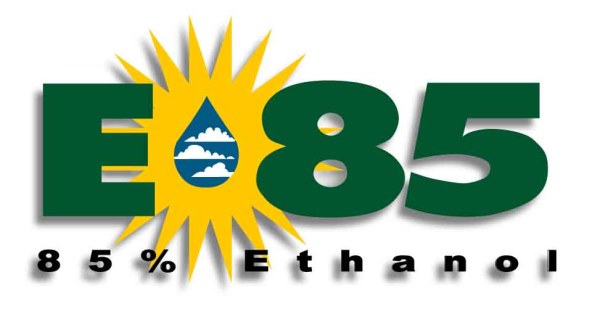To Lease or to Buy? Everyone who is in the market for a new car has to first decide if they are going to buy or lease. Let me first say, that the only good reason not to lease a car or truck is that you don’t understand it. Leasing is just paying for what you use rather than all of the value of the car whether you use it or not. The famous industrialist J. Paul Getty is credited with the statement, “If it appreciates, buy it; if it deprecates, lease it.” Ft. Worth, cars and trucks depreciate.
The key is to understand the math. First of all, the value of the vehicle that you don’t pay for is called the residual. It is determined by the party who provides the lease and it is an educated guess at the value of the car or truck at a certain age and mileage. In the lease, you pay for depreciation and interest. Depreciation is calculated by subtracting the residual from the selling price of the vehicle.
For example a car that sells for $16,000 is worth $8000 in 36 months from now with an additional 45,000 miles on the odometer. The depreciation would be 16,000 minus 8000, or $8000. If the interest were 6% annually on the average outstanding balance, which would be 16000 plus 8000 divided by two, or 12,000, then the interest would be 12,000 times 6% times 3 years, or $2160. So, the depreciation plus interest would be 8000 plus 2160 which equals $10,160. 10,160 divided by 36 months would be the monthly payment for depreciation which equals $282. The only additional components to a lease payment would be sales/use tax plus and additional fees.
Paying off the whole car in 36 months at 6% would be $484 per month plus taxes and fees. When faced with this choice, most people respond, “but I don’t own it.” This is a good thing, going back to Mr. Getty’s observation. What you have instead of ownership of the car is an option. All consumer leases are what are known as closed end leases meaning the customer leasing the car or truck is NOT responsible for the market value of the car or truck at the end of the lease.
The option and the end of a closed end lease is actually three-fold. If the car or truck is worth more than the residual, you can exercise your option to own it and trade it or sell it and realize the additional money. Or you can purchase it and keep it. Or, if the value is less than the residual, you can turn it in. One of the biggest benefits of leasing is that you eliminate the risk of excess depreciation in the market value of the car or truck, but you can still benefit if the actual market depreciation is less than the value guaranteed by the party providing the lease.
Was this helpful to anyone? Did it make you rethink how you are going to purchase your next new car? Let me know!

